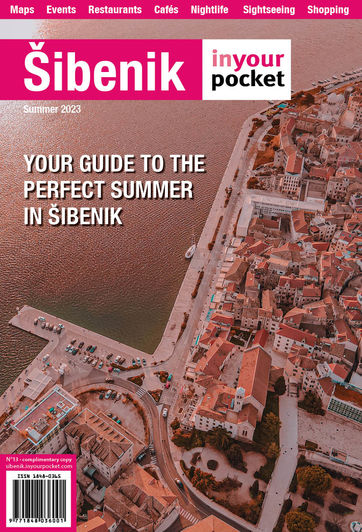Primošten Tourist Board
Primošten’s origins go back to the Ottoman conquest of Bosnia in 1463, when the Croatian-speaking population of the interior increasingly sought refuge on the Adriatic coast. The oval-shaped island known as Gola Glava (“Bare Head”) was one of the places they settled. A wooden bridge was constructed to join the island onto the mainland, and the resulting town became known as Primošten (which might be loosely translated as “the place with a bridge across”). As the Ottoman threat receded, the wooden bridge was replaced by a stone causeway, turning Primošten into the peninsula town that visitors see today.
On the landward side of the causeway is the dainty stone-roofed Chapel of St Rock (1680), beside which is a statue of Don Ivo Šarić (1915-1944), who attempted to protect the local population against atrocities by both Italian and German occupiers during World War II, before finally being murdered by the latter. In front of the statue stretches a typically sweet-smelling Adriatic garden filled with lavender bushes, rosemary, and a clutch of palm trees. Presiding over the causeway to the Old Town is a much-loved piece of sculpture depicting a local fisherman accompanied by wife and donkey. At the opposite end of the causeway, an arched gate leads through a stretch of crenellated wall into the Old Town, where a tangle of narrow streets surround the 15th-century parish church of St George.
Much favoured by Hollywood director Orson Welles (who had a summer villa here), the beaches of Raduča are packed with bathers in summer.





Comments